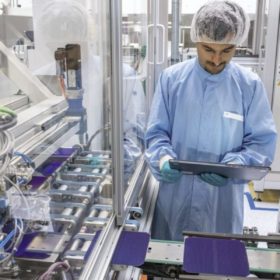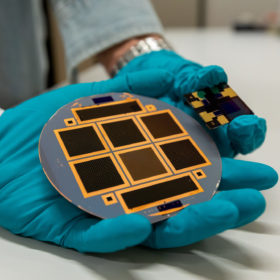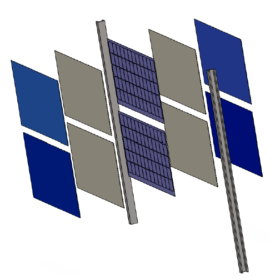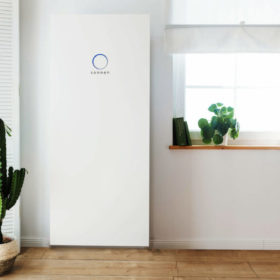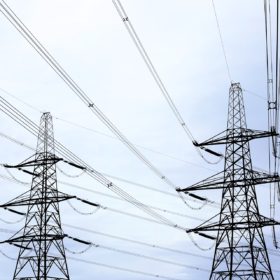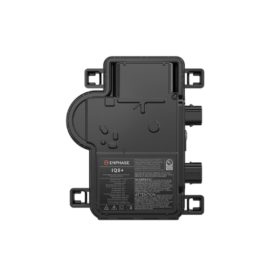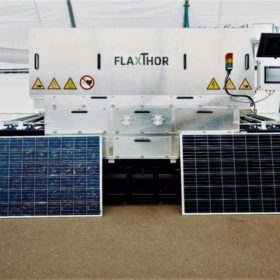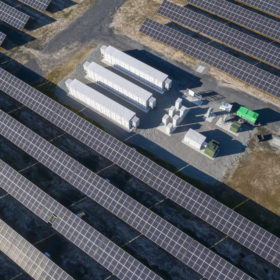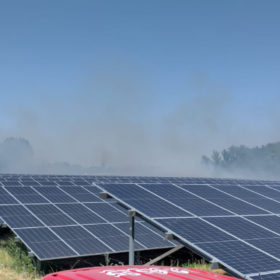Meyer Burger secures $255.2 million to scale up production capacity to 3 GW
Swiss PV manufacturer Meyer Burger says it wants to rapidly expand its production of heterojunction solar cells and modules, following its recent supply agreement with U.S. project developer DE Shaw Renewable Investments.
Solliance hits 30.1% efficiency on perovskite/silicon tandem solar cell
The Solliance consortium achieved a 29.2% record efficiency for the solar cell in November 2021, from just 28.7% in March 2020. In recent months, it increased the perovskite cell for the tandem device from 17.8% to 19.7%.
Model to assess microclimates in vertical agrivoltaic systems
Swedish researchers have developed a model to analyze the microclimate parameters of a vertically mounted agrivoltaic system. They validated their model by comparing its estimations with measurements of solar irradiance, PV module temperature, and ground temperature.
A case for residential solar sharing
Technische Universität München researchers have run a series of tests to investigate the growing share of rooftop PV in Germany. They found that the sale and purchase of electricity between households could reduce consumption peaks and prevent grid bottlenecks.
Grid experts call for a national initiative to facilitate a high-DER grid
To reach the full potential benefits of distributed energy resources (DERs), a national initiative is needed to transition efficiently to a high-DER electricity system, says a task force of grid experts convened by the nonprofit group ESIG.
Enphase partners with Home Connect to manage home appliances from a single app
Integrated clean home energy and smart appliances platform lets users run appliances on battery-stored solar energy in pre-determined time frames.
Enphase delivers robust Q2 revenues backed by its IQ8 solar microinverter
The company issued strong guidance for Q3 as its revenues and earnings per share beat estimates.
Industrial process for ‘mobile’ solar module recycling
German company Flaxres has developed an industrial process to recycle PV modules, and has begun operating a pilot facility at its new site where 10 tons of solar modules can be recycled daily. Flaxres plans to make equipment based on this facility available to international customers.
Sunrise brief: Five things to consider in designing and commissioning high performance solar-plus-storage projects
Also on the rise: Comparing performance of transparent solar windows to traditional windows. Solar project makes use of idle capped landfill in New Jersey. And more.
Heat wave sparks fire at solar park in the Netherlands
The fire affected an area of around 5,000 square meters but did not damage the solar panels. The local fire brigade was able to control the fire in around two hours.
